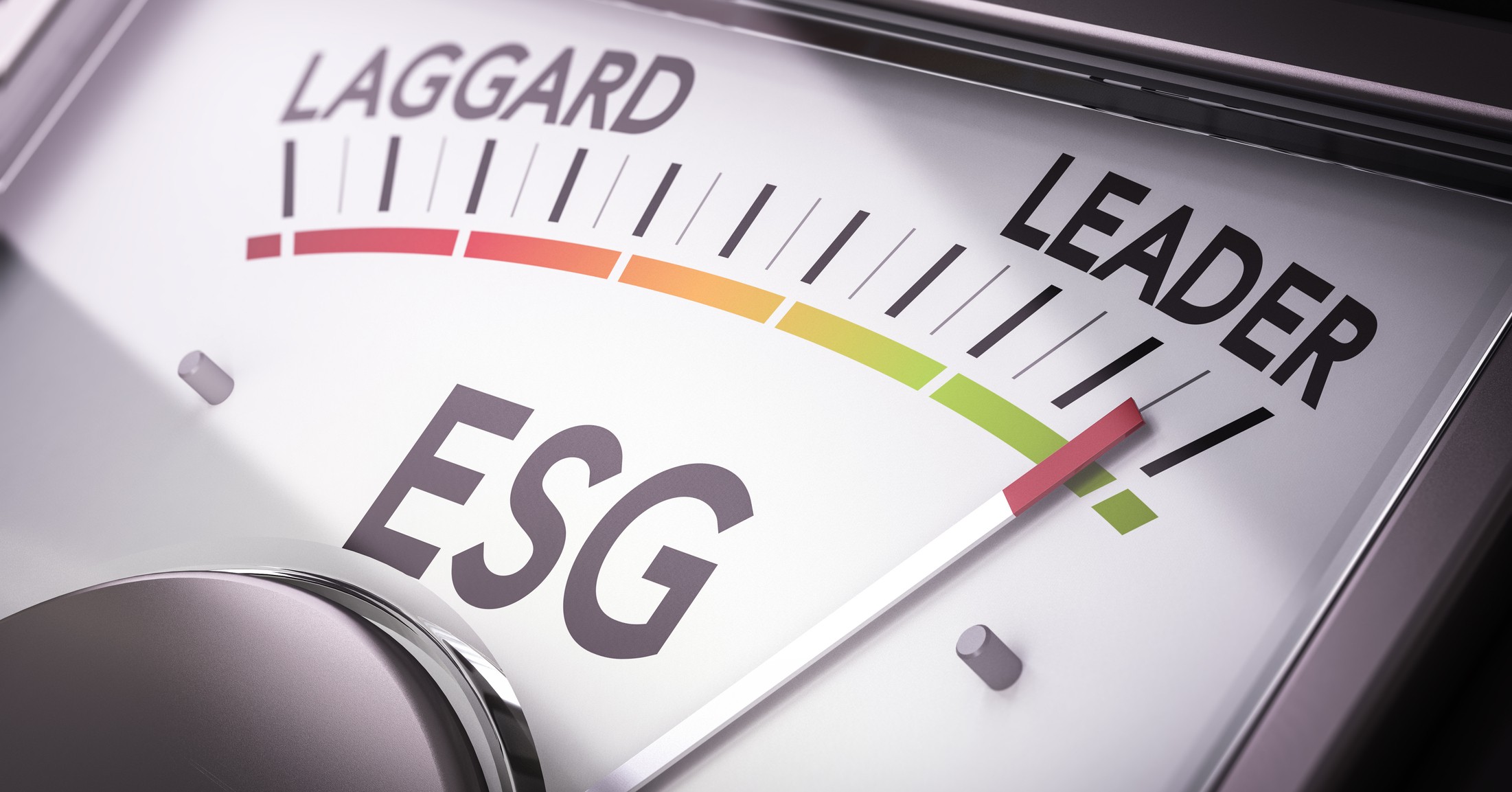Telecoms risk managers share their scenario-based climate risk assessment processes
Sustainability issues are becoming increasingly important to a wide range of stakeholders. How are telecoms risk managers developing robust climate risk assessment processes to satisfy these concerns, and what can others learn from the trailblazers?
Download now [Case Study]: An approach to integrating climate risk into an existing ERM framework
We should start thinking about climate risk sooner, rather than later, agreed risk managers from the telecoms sector at a recent Risk Leadership Network member meeting.
Identifying the likely impact of the climate crisis on the industry is not only an important business risk to manage; not doing so increasingly affects access to finance, credit and insurance.
Telecoms companies, like others, are thinking long-term about climate risk impact, beyond the one to three year timeframe and are looking for better horizon scanning methods to help them prepare.
Scenario-based climate risk analysis and its findings are subsequently shaping risk and business strategies now more than ever before.
And while most sectors are currently exposed to voluntary frameworks, such as those from the Taskforce on Climate-related Financial Disclosures (TCFD), businesses should also think about getting ahead of new regulatory requirements in the environmental, social and governance (ESG) space that are likely to be seen in the coming years. As one member points out: “Once [regulations] are formalised, there may not be enough time to transition. So we need to start taking action earlier in the game.”
But how can organisations establish risk assessment processes in advance of such rules? At a recent member meeting, risk managers from the telecoms sector shared their strategy for developing scenario-based climate risk assessments based on current guidance and peer reviews. Although the discussion focused on telecoms, this method is also useful to other sectors.
This member meeting is part of our ESG risk series, with others including the role of ERM in ESG; ESG risk in retail; climate risk assessments for TCFD; leveraging climate risk reporting to identify business opportunities and emerging risks, plus more. This series – and its corresponding peer-contributed content and tools – continues to evolve based on member requests and needs.
One risk team at the recent member meeting worked with their company’s sustainability lead and the other parts of the business to develop a tailored climate risk assessment process, gaining board approval after a seven-month engagement period.
While members benefit from a step-by-step guide on this approach to climate risk assessment on our Intelligence platform, we’ve pulled some of the key considerations here:
1. Researching scenarios
This organisation sourced appropriate scenarios from publicly available studies such as consultancy reports, government risk assessments and TCFD guidance. It also looked at peers’ efforts in this area to see what scenarios they are using for climate risk assessments (the Risk Leadership Network member meetings being one example of this). Larger organisations may also offer inspiration, as many have been studying this issue for some time.
This is how ratings agencies currently assess how responsible a certain company is in the social and environmental arenas, so such methods do provide useful insights for organisations that want to improve their external sustainability ratings.
2. Making it personal
Learning from others is important, but organisations must also ensure that any scenarios they use for risk assessments are fit for purpose. To comply with imminent regulatory requirements, organisations must be able to justify choosing certain scenarios to ensure their climate risk assessment is based on robust research and does not come across as “greenwash”.
Members at the meeting also debated differing timeframe definitions, and discussed whether choosing scenario timeframes that lined up with their business strategy cycles worked best.
3. Testing your theories
Once you have chosen scenarios and assessed the likely impact on your business, you can test your ideas on other employees. Workshops with relevant business units or teams can help to test your climate risk assessment and tease out further thinking on applicable scenarios and likely impacts for your specific organisation. Workshops can also be used to discuss processes for identifying and managing climate risks on an ongoing basis (and the success of these workshops will partly depend on how good your risk culture is).
Sectors like telecoms may not be significantly affected by climate risk at present, but it is strategically important to consider the medium- and long-term impact of the climate crisis on assets, for example, as well as the opportunities that might arise from emission-reduction efforts. As such, establishing a method to assess and manage the impact of climate risk on your business will be crucial in order to be fully prepared for the transition to a net-zero world.
Are you an in-house risk manager who could benefit from collaborating with a global network of risk leaders? Discover our approach here.
Share this
Related posts you may be interested in

The 10-step process to develop your ESG risk strategy

Levelling up climate risk reporting: our TCFD Reporting Comparison Tool
